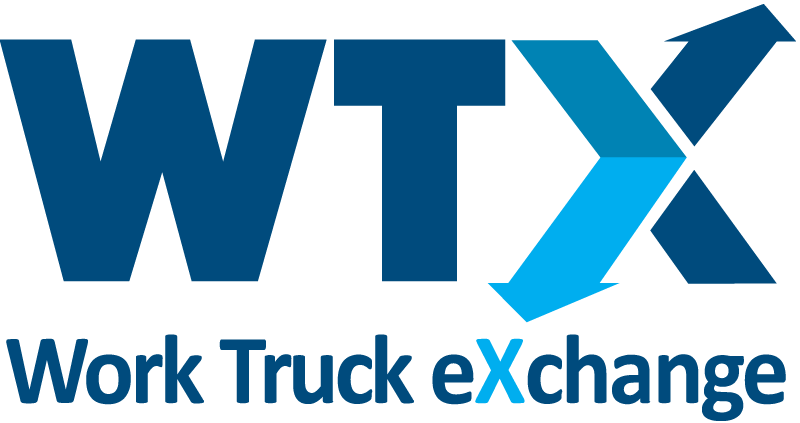It’s critical government fleet managers are aware of the impacts this shortage has on their vehicle replacement cycle.
Negative Consequences to Extended Vehicle Cycling
Extended replacement cycles for short-term capital expenditure savings often have the unintended consequence of resulting in greater long-term expenses.

